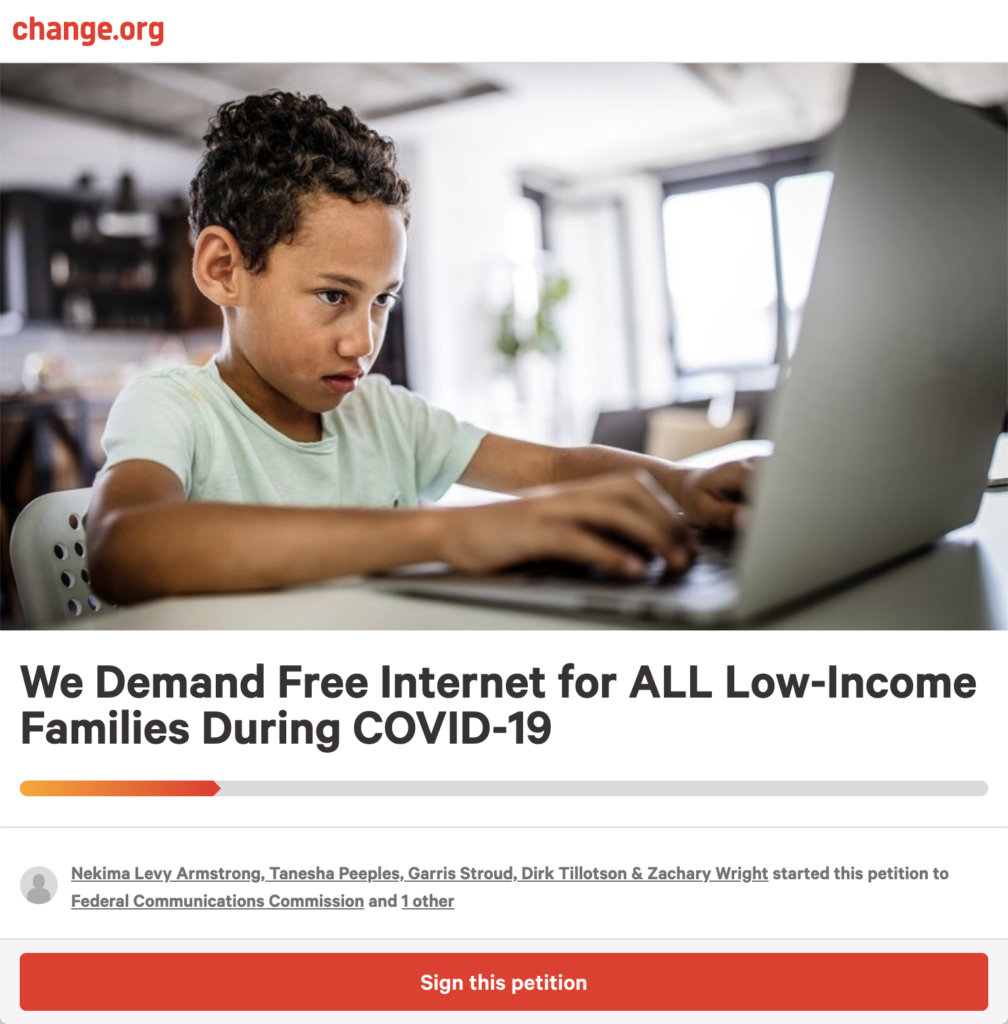
Apr 16, 2020 12:00:00 AM
Since the United Nations’ 2006 post-tsunami report, Key Propositions for Building Back Better, the phrase Build Back Better has become the mantra of post-disaster reconstruction. Not only can disasters be leveraged as opportunities for change and improvement, but the report recognizes the importance of having recovery efforts guided and led by those most affected.
[pullquote]COVID-19 has forced radical changes to our education system, providing an opening for real innovation and experimentation[/pullquote] as part of addressing student needs during the crisis. While many are struggling to adapt to our new realities, I hope we never go back to the way things were before.
The pandemic exposed the profound inequity in our traditional factory-style education system, a model that has allowed 10 to 15% of students to fall through the cracks and get left behind—even during the best of times.
Who are these students?
They are the students who must manage adult responsibilities like caring for a child or sibling, or needing to work, and thus can’t attend school for eight hours a day, five days a week. They are students who have endured traumas like unstable foster care, homelessness, hunger, abuse, bullying, illness and even human trafficking. They need individualized attention and support in their learning.
[pullquote position="right"]One size doesn’t fit all in education[/pullquote], which is why we need a personalized learning model for each student. Learn4Life has proven that a flexible high school model works in healthy times, and especially during a pandemic. I hope that when we go back, we build back better for all our schools.
Let’s look at this as a helpful interruption to inadequate policies and practices that have gone largely unchallenged. We now have a chance to change policies that have long been harmful to disadvantaged students and their families. We have needed changes in education for a long time, and leaders must address them while there is a genuine sense of urgency.
Let’s build back better with these important steps.

I am heartened by the humor of parents’ online posts becoming profoundly thankful for the important work our teachers do. The wellspring of academic creativity and sharing of resources inspire all of us that education really can become exciting and engaging again. Let’s make potions in the kitchen, learn executive functioning skills with Legos and see that special education can highlight the strength in different ways of knowing.
Let’s build back better.
Dr. Caprice Young is responsible for leading the Learn4Life Schools, serving more than 20,000 students in more than 85 learning centers in California, Ohio and Michigan. Raised in a host foster family, she identifies with and has committed her life to supporting students whose needs exceed the scope of traditional public schools. In 1999, Dr. Young left her technology strategy job at IBM to serve as a member and president of the Los Angeles school board. Later, as the founding CEO of the California Charter Schools Association, Dr. Young stewarded the massive expansion of the nascent charter school movement and believes that achieving the goal of high-quality education for all requires a robust ecosystem of support and collaboration. Since 2008, she has been called upon to intervene when schools and educational non-profits face challenges, and when education technology companies need strategic and operational expertise. Dr. Young teaches in the UCLA Educational Leadership doctoral program. She earned her Ed.D. from UCLA, her M.P.A. from USC and her B.A. from Yale University. She is a recipient of the Coro Crystal Eagle for Excellence in Public Service, the California State University Los Angeles Educator of the Year in 2016, and an inductee to the national Charter School Hall of Fame.
Few issues in education spark more tension and debate than standardized testing. Are they a tool for equity or a burden on students? A necessary check on school systems or a flawed measure of...
Charter schools are public schools with a purpose. Operating independently from traditional school districts, they're tuition-free, open to all students, and publicly funded—but with more flexibility...
Despite the benefits of a diverse teaching force, prospective teachers of color fall out of our leaky preparation pipeline at every stage: preparation, hiring, induction, and retention. Here’s what...
Ed Post is the flagship website platform of brightbeam, a 501(c3) network of education activists and influencers demanding a better education and a brighter future for every child.
© 2020-2025 brightbeam. All rights reserved.
Leave a Comment